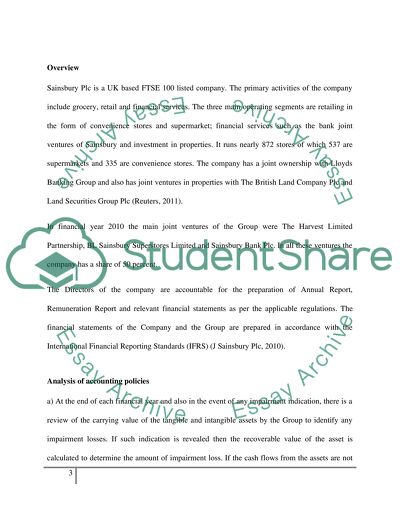Cite this document
(“Sainsbury's Financial reporting Coursework Example | Topics and Well Written Essays - 1750 words”, n.d.)
Retrieved from https://studentshare.org/finance-accounting/1417130-sainsbury-s-financial-reporting
Retrieved from https://studentshare.org/finance-accounting/1417130-sainsbury-s-financial-reporting
(Sainsbury'S Financial Reporting Coursework Example | Topics and Well Written Essays - 1750 Words)
https://studentshare.org/finance-accounting/1417130-sainsbury-s-financial-reporting.
https://studentshare.org/finance-accounting/1417130-sainsbury-s-financial-reporting.
“Sainsbury'S Financial Reporting Coursework Example | Topics and Well Written Essays - 1750 Words”, n.d. https://studentshare.org/finance-accounting/1417130-sainsbury-s-financial-reporting.


